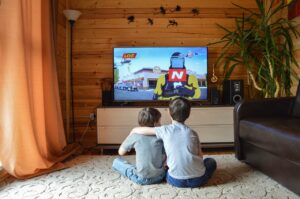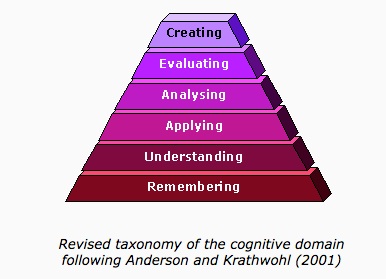According to elearningindustry.com, “Online learning… refers to the delivery of educational content and instruction through the internet.”
This week’s presentation spoke about different types of online learning; including video conferencing, synchronous, asynchronous, open schedule, and fixed time learning. In our small group, we discussed which type of online learning is most beneficial for us (more on that in a moment).
This current class utilizes a number of tools to reach all of the learners. UR Courses uses Moodle as a hub for everything, Zoom is where we can meet for classes or with our groups (as it is open all the time), and we share work on blogs and can access each other’s work through the blog hub. We also utilize shared documents thanks to Google’s Workspace and use the Discord to ask questions, share resources, and communicate with each other.

Photo by ejlindstrom on Pixabay
As an adult learner with a career and a hectic home schedule, the flexibility that comes with an online course is a necessity… without it, I’m sure I wouldn’t be furthering my education.
That being said, it is my belief that too much flexibility is not beneficial for my own personal learning. I appreciate taking synchronous classes, which were defined in our presentation as having a required class time each week. This allows me to stay on track, ask questions of my classmates and instructor, and keep more of a routine. I discussed this with my husband, asking if he would prefer synchronous or asynchronous (viewing instructional videos at any time) classes. His response was, “well if you aren’t meeting every week you can just rip out all the videos and do a half decent job to get it over with.”
And therein lies the problem… WHY are we here? Why did I apply to be in this program and pay tuition? To get it over with? To bump myself up on the pay grid? Or did I do it to learn?
I am doing this because I love what I do, and I am in a place where I am ready to learn and grow in my career.
I personally do not believe that I have ever gotten as much knowledge and interest from any asynchronous courses I have taken… it has always been about getting it done. Which is not what learning is about. It’s about finding something that interests you and taking in as much as you can to grow both personally and professionally.
For that reason, I believe that the Zoom class time would be the most useful tool when it comes to online and blended learning. According to “Teaching in a Digital Age“, this would fall under the category of Social Media.
“Andreas Kaplan and Michael Haenlein (2010) define social media as
a group of Internet-based applications that …allow the creation and exchange of user-generated content, based on interactions among people in which they create, share or exchange information and ideas in virtual communities and networks.”
It is imperative to have that face-to-face time to ask questions and mull things over in discussions.
When COVID hit us in March 2020, I was having a tough year in the classroom. I was teaching a group that I had already taught in grade 2, and again in grade 3. I knew that they were a challenging group, and that they would test boundaries. To be honest, when they announced that the school would be closing I felt a huge sense of RELIEF. This was my third year with this crew and I was ready for a break.
By May, I was ready to get back into the classroom. I came to realize that I feed off of the energy of those around me, and without the energy of the classroom I was bored with teaching. It also had a profound effect on the students.
In class we talked about how school is more than just the curriculum. My students were coming to school to get breakfast, to learn about hygiene, to learn social skills, problem solving skills, and to feed off of the energy of those around them just like I do. The joy of learning was gone. It just wasn’t the same.
For this reason, I do not think that online education is a good idea for our growing and maturing learners. There will of course be the exceptions to the rule, but being out of the house and around peers is an integral part of the education system. It comes with challenges, yes… but those challenges inspire growth in students that will lead to happy, healthy, and successful futures. As someone who was truly looking forward to distance learning, I can say with confidence that (in most cases) this is NOT beneficial to our students.




















